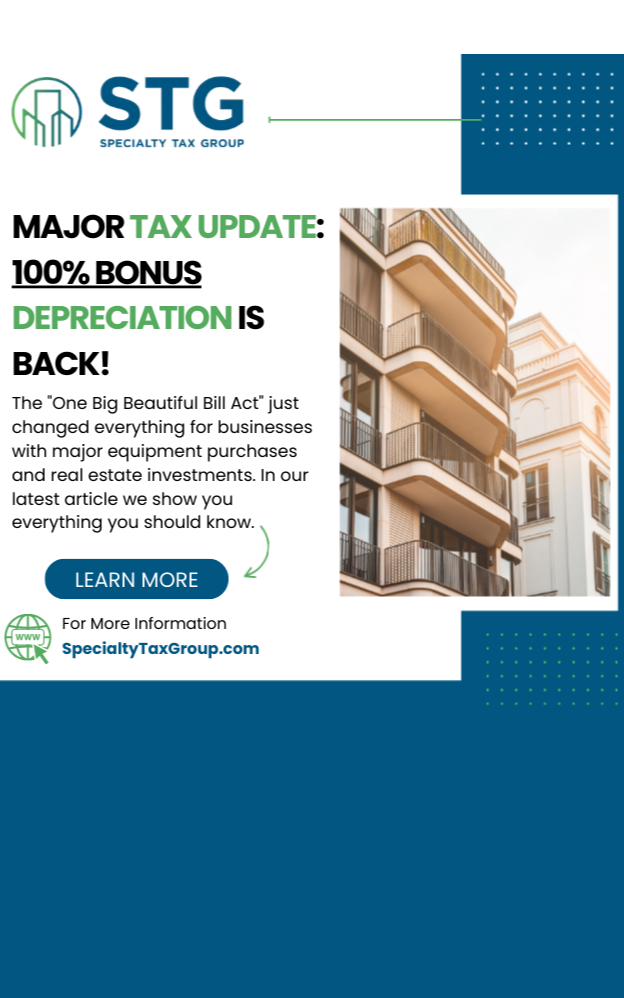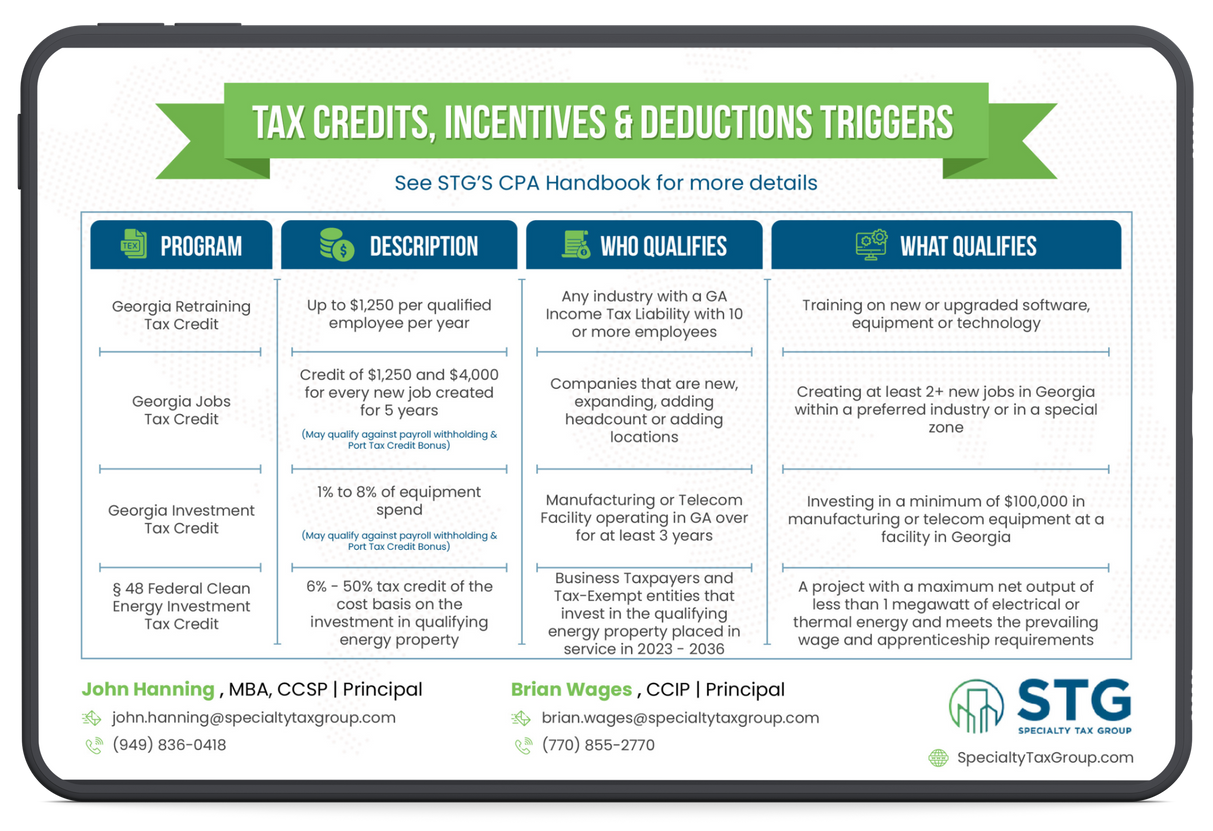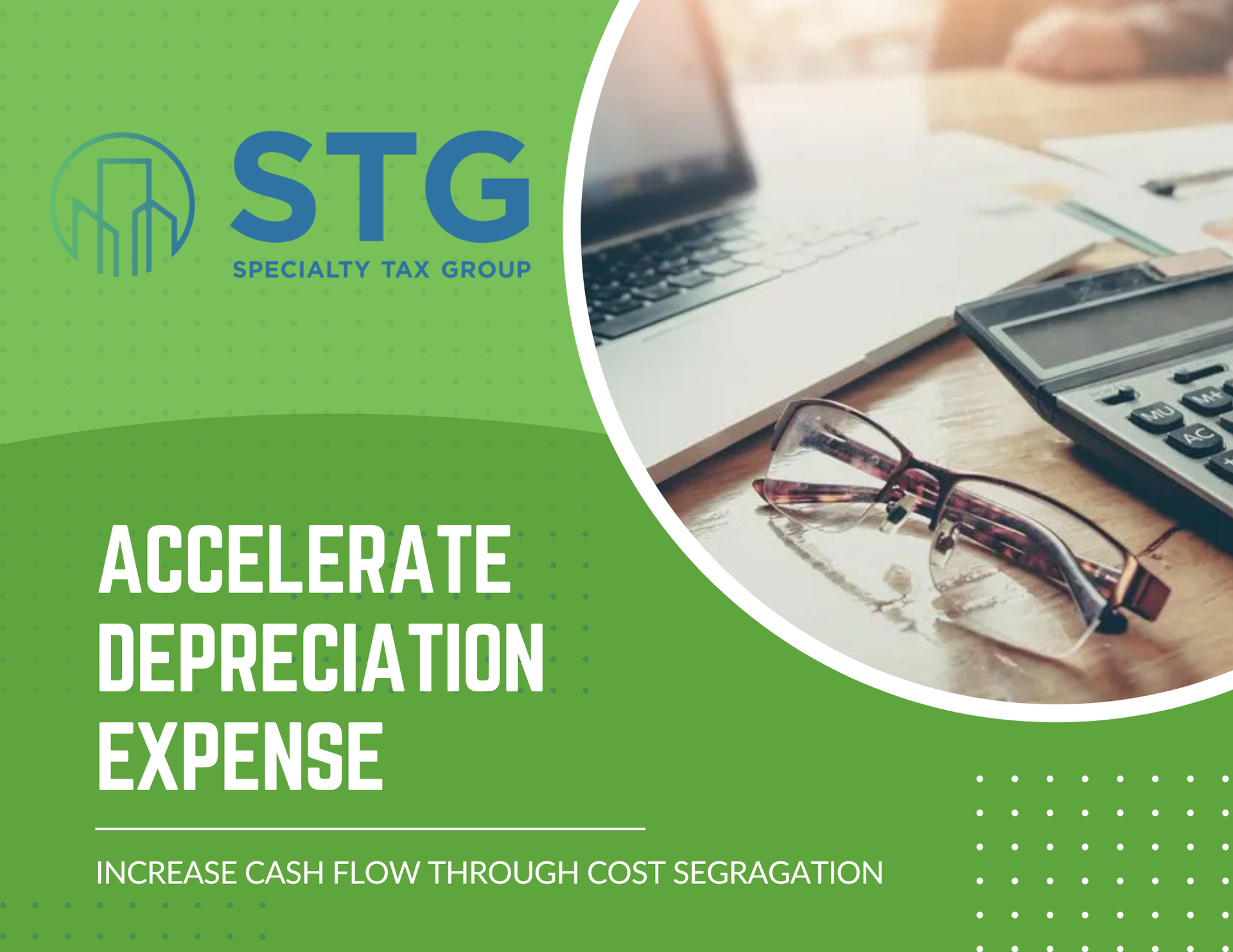This blog post has been researched, edited, and approved by John Hanning and Brian Wages. Join our newsletter below.
Key Takeaways
- Combining carbon credits with energy tax incentives can multiply clean energy project returns.
- Understanding compliance requirements is crucial for audit readiness
- Strategic integration future-proofs sustainability investments
The carbon credit and tax incentive worlds often operate separately, but integrating these powerful tools can supercharge your clean energy projects. With global carbon trading revenues reaching $74 billion in 2023 (Reuters), the opportunity to combine carbon credit strategies with energy tax planning has never been more significant.
The Carbon Credit Market: Understanding the Opportunity
Market Growth and Scale
The global carbon credit market reached $978.56 billion in 2022 (PR Newswire) and is projected to grow to $9.45 trillion by 2033. However, markets fluctuate; the voluntary carbon offset market shrank by 61% in 2023, falling from $1.9 billion to $723 million (Statista).
Voluntary vs. Compliance Markets
Two distinct markets offer different opportunities:
| Market Type | 2023 Revenue | Key Driver | Strategic Focus |
|---|---|---|---|
| Compliance | ~$1 trillion | Legal requirements | Integration with tax credits |
| Voluntary | $723 million | Corporate commitments | Project selection, timing |
The EU Emissions Trading System alone generated $47.1 billion in 2023 (ICAP via Reuters), demonstrating the scale of compliance markets.
Energy Tax Credits: The Current Landscape
Major U.S. Incentives
Key tax incentives include:
- Section 45Q tax credit: Up to $85/ton for carbon capture and storage
- Section 48C: 30% investment tax credit for clean energy manufacturing
IRS Guidance and Compliance
IRS scrutiny is increasing for clean energy projects. Proper documentation and understanding eligibility requirements are essential to avoid costly mistakes.
The Dual-Incentive Approach: Integration Strategies
What is "Dual-Incentive Clean Energy"?
This approach combines carbon credits and tax incentives simultaneously. Instead of treating them separately, integration ensures projects maximize both marketable credits and tax efficiency.
Implementation steps include:
- Identifying eligible projects
- Calculating potential carbon credits
- Assessing available tax incentives
- Aligning project timing and documentation
- Stacking and claiming both incentives
Compliance Optimization
Success requires:
- Aligned reporting timelines
- Centralized documentation
- Cross-functional team coordination
Monetizing Carbon Credits
Monetization Mechanisms
Several approaches exist:
| Mechanism | How It Works | When to Consider |
|---|---|---|
| Direct Sale | Immediate revenue | Stable/rising prices |
| Forward Contract | Future delivery | Uncertain markets |
| Auction/Exchange | Competitive bidding | Large volumes |
Valuable Project Types
Nature-based solutions made up 60% of voluntary market value in 2022, with forestry/land use representing 47% of all credits (Astute Analytica).
Explore eligible projects in ourrenewable incentives guide.
ROI and Business Impact
Modeling Dual-Incentive Returns
| Strategy | Typical ROI | Risk Profile | Administrative Demand |
|---|---|---|---|
| Tax Credits Only | 10-25% | Moderate | Medium |
| Carbon Credits Only | Varies | High | Medium |
| Integrated Approach | 25-40%+ | Low-Moderate | High (initial) |
The carbon credit market is expected to grow from $414.8 billion in 2023 to $1.6 trillion by 2028 (MarketsandMarkets).
Common Pitfalls
Avoid these mistakes:
- Double-counting incentives
- Insufficient documentation
- Poor market timing
IRS and Audit Considerations
Navigating IRS Scrutiny
Expect increased audit activity for dual-incentive claims. Stay prepared by:
- Developing a compliance calendar
- Maintaining third-party verifications
- Regularly reviewing IRS guidance
Reporting Synergies
Integrated reporting requires synchronizing financial statements with sustainability and tax departments for transparency.
Looking Ahead: Future-Proofing Strategies
Anticipated Developments
Watch for:
- Updated IRS guidance
- Expansion of tax credit programs
- Growth of digital carbon platforms
Strategic Positioning
Take these steps:
- Monitor regulatory updates monthly
- Invest in robust tracking systems
- Engage cross-functional teams
- Review planning annually with experts
Conclusion
Integrating carbon credit strategies with energy tax planning creates higher ROI, stronger audit defense, and future-proof sustainability. Why settle for one incentive when you can leverage both?
Contact our specialists for a tailored consultation.
2024 Tax Guide





